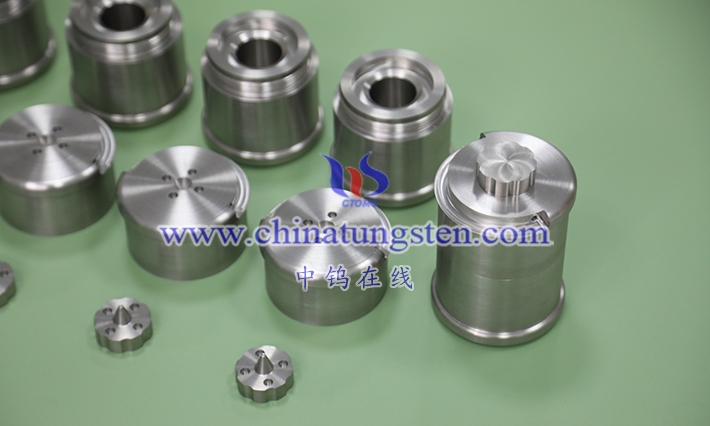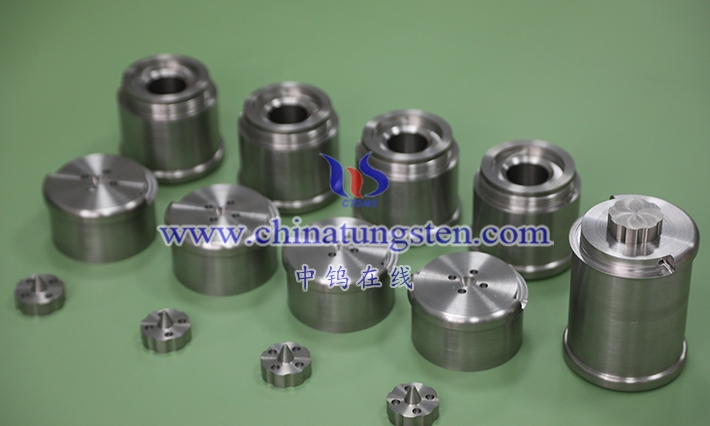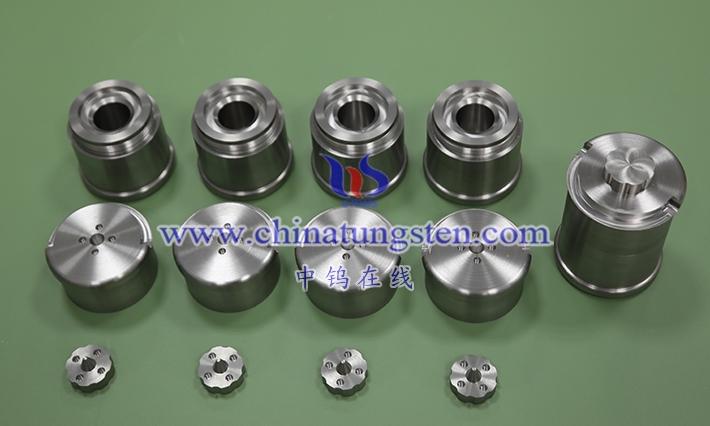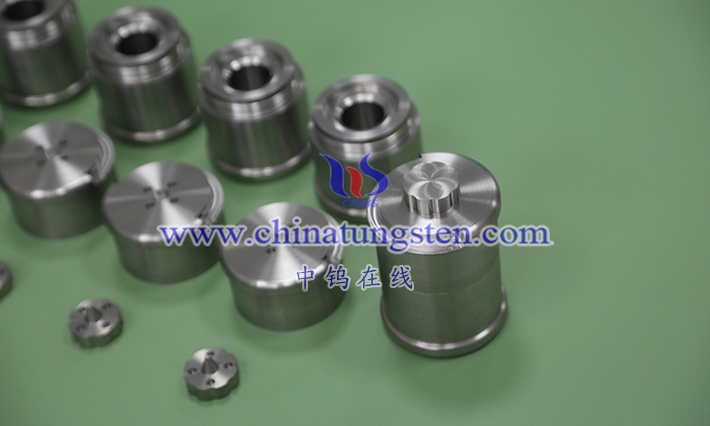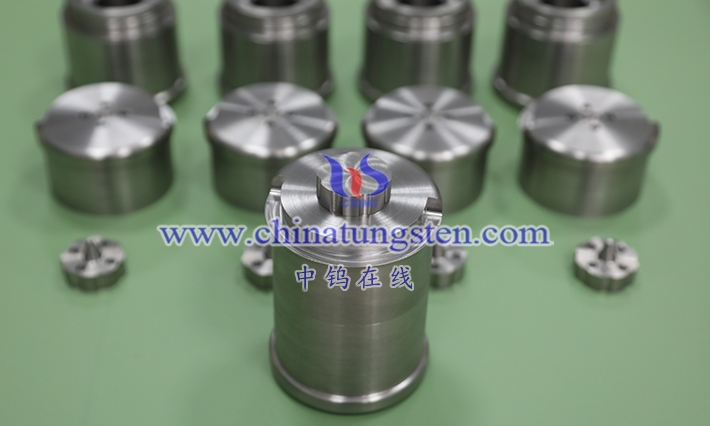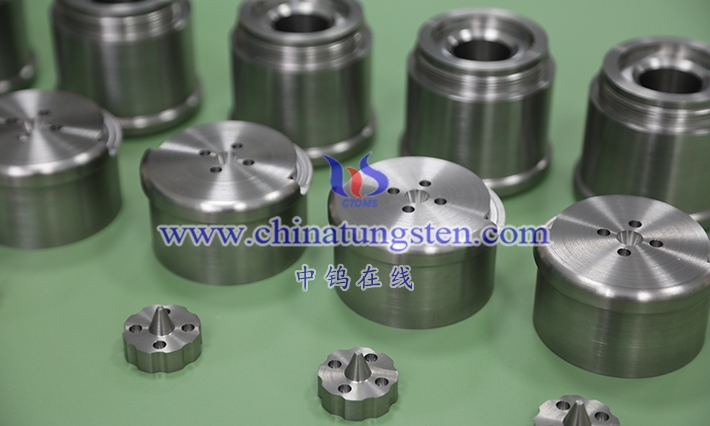Tungsten alloy shielding components used in medical devices have excellent high-temperature resistance, which is a significant advantage of tungsten alloys as shielding materials in medical equipment. The high-temperature performance of tungsten alloy is mainly determined by its tungsten component, as tungsten itself has extremely high heat resistance. Below are the specific characteristics and influencing factors of the high-temperature performance of tungsten alloy:
- High Melting Point of Tungsten
• Tungsten is the metal with the highest known melting point, reaching 3422°C, far higher than most common metallic materials. This allows tungsten alloys to remain stable at extremely high temperatures without melting or deforming.
• Medical tungsten alloy shielding components are typically used in X-ray equipment, where the operating temperature is much lower than the melting point of tungsten. Therefore, their high-temperature resistance fully meets the requirements of medical devices. - High Temperature Strength and Stability
• Tungsten alloys have high thermal strength and resistance to deformation, maintaining their structural stability even in high-temperature environments. Typically, tungsten alloys exhibit excellent strength at high temperatures and can withstand continuous thermal loads.
• Application in medical devices: For example, in CT scanners and X-ray machines, tungsten alloy shielding components are in continuous operation, but because the device temperature does not reach the limit of the tungsten alloy, its strength and structural stability remain unaffected. - Coefficient of Thermal Expansion
• Tungsten alloys have a low coefficient of thermal expansion, meaning that the size of the material changes little with temperature fluctuations, ensuring high precision and dimensional stability.
• Advantages in medical applications: When used in high-temperature environments, tungsten alloys experience minimal size changes, preventing device components from loosening or misaligning, thus ensuring the precision and stability of the equipment. - Oxidation Resistance
• Although tungsten itself performs excellently at high temperatures, in air, when the temperature exceeds 400°C, the surface of the tungsten alloy may oxidize, forming an oxide layer that could affect its surface properties.
• However, medical-grade tungsten alloys are typically subjected to special surface treatments (such as coating, passivation, etc.) to prevent oxidation, ensuring long-term stability in high-temperature environments. - Heat Dissipation Performance
• Tungsten alloys have good thermal conductivity, which allows them to quickly dissipate and conduct heat. This helps prevent overheating and enhances the high-temperature resistance of the equipment.
• Role in medical devices: In some medical devices, such as X-ray machines and CT scanners, tungsten alloy shielding components help transfer excess heat away from the core components, keeping the equipment’s temperature within a safe range. - Operating Temperature Range
• Medical tungsten alloy shielding components are typically designed for environments with higher temperatures, but not exceeding the material’s limits. For example, the operating temperatures of X-ray and CT scanning equipment usually range from tens to a few hundred degrees Celsius. Tungsten alloys can remain stable in this temperature range without experiencing thermal deformation or melting. - Heat Treatment Performance
• During manufacturing, tungsten alloy shielding components may undergo high-temperature sintering and other heat treatment processes. Tungsten alloys can withstand these high-temperature processes without losing their structure or performance, making them more reliable in high-temperature environments.
Conclusion
Tungsten alloy shielding components used in medical devices have outstanding high-temperature resistance, capable of operating stably at high temperatures for extended periods, especially excelling in radiation protection applications. Due to tungsten’s extremely high melting point, low coefficient of thermal expansion, and good heat dissipation properties, tungsten alloy shielding components in medical devices can effectively handle temperature fluctuations and thermal loads during operation. Additionally, surface treatment and alloying techniques ensure their durability and reliability under high-temperature conditions. Therefore, tungsten alloy is highly suitable for use in medical devices, providing efficient radiation protection while maintaining high-temperature stability.
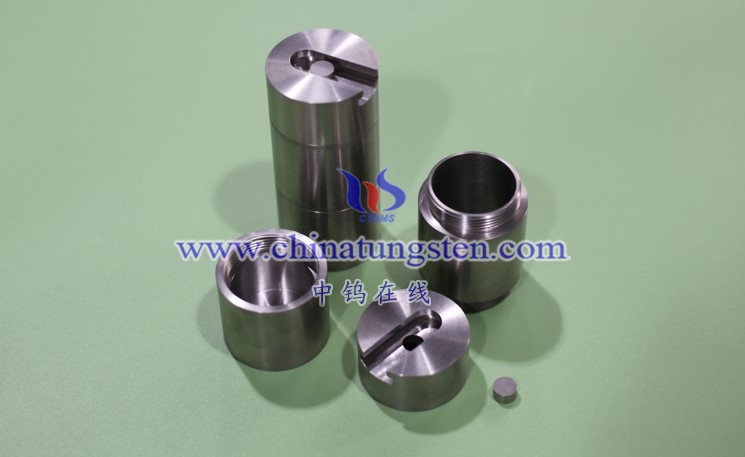
Customized R&D and Production of Tungsten, Molybdenum Products
Chinatungsten Online and CTIA GROUP LTD have been working in the tungsten industry for nearly 30 years, specializing in flexible customization of tungsten and molybdenum products worldwide, which are tungsten and molybdenum design, R&D, production, and overall solution integrators with high visibility and credibility worldwide.
Chinatungsten Online and CTIA GROUP LTD provide products mainly including: tungsten oxide products, such as tungstates such as APT/WO3; tungsten powder and tungsten carbide powder; tungsten metal products such as tungsten wire, tungsten ball, tungsten bar, tungsten electrode, etc.; high-density alloy products, such as dart rods, fishing sinkers, automotive tungsten crankshaft counterweights, mobile phones, clocks and watches, tungsten alloy shielding materials for radioactive medical equipment, etc.; tungsten silver and tungsten copper products for electronic appliances. Cemented carbide products include cutting tools such as cutting, grinding, milling, drilling, planing, wear-resistant parts, nozzles, spheres, anti-skid spikes, molds, structural parts, seals, bearings, high-pressure and high-temperature resistant cavities, top hammers, and other standard and customized high-hardness, high-strength, strong acid and alkali resistant high-performance products. Molybdenum products include molybdenum oxide, molybdenum powder, molybdenum and alloy sintering materials, molybdenum crucibles, molybdenum boats, TZM, TZC, molybdenum wires, molybdenum heating belts, molybdenum spouts, molybdenum copper, molybdenum tungsten alloys, molybdenum sputtering targets, sapphire single crystal furnace components, etc.
For more information about tungsten alloy products, please visit the website: http://www.tungsten-alloy.com/
If you are interested in related products, please contact us:
Email: sales@chinatungsten.com|
Tel: +86 592 5129696 / 86 592 5129595
